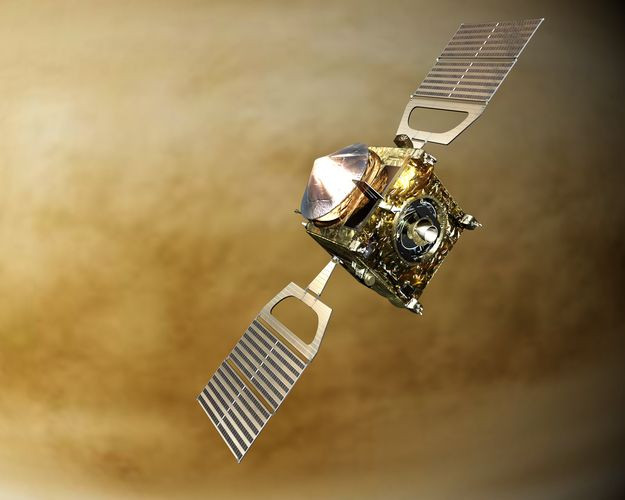NASA Venus Mission News: What We Know So Far

The Planet Venus, considered to be Earth’s twin because of its size, is perhaps the next most interesting planet that space agencies all over the world are keen on studying it next to Mars.
Because of its proximity to Earth, it is easier to explore compared to other planets in the Solar System. It is about 67 million miles from the Sun, about 3/4 as far as the Earth is from the Sun. Its average diameter is about 7, 500 miles, almost as big as the Earth. It may have the same size and structure as Earth, but its temperatures are so different.
Venus’ temperature is as hot as a star. It is so hot that it can even melt lead. Its surface temperature is about 864 degrees Fahrenheit, while its atmosphere is composed of nitrogen and carbon dioxide. This is a planet where a day is longer than a year. One day on Venus lasts 243 Earth days.
Venus has no moons and no rings. Many believe that Venus’ surface was once covered in water. That’s one reason for future explorers to search for proof about an ancient ocean on this planet. Scientists are thinking if Venus was once a habitable planet.
There have been many speculations about Venus which make it a viable candidate for deeper space exploration. Some say that probably, 2-3 billion years ago, the planet was covered in water, until 700 million years ago, where 80 percent of its surface was transformed into an extremely hot one. There have been more than 40 spacecrafts sent to explore Venus, and one of them is currently orbiting the planet, the spacecraft Akatsuki.
On January 31, 2019, a research group from Japan has identified a giant streak structure among the clouds covering Venus based on Akatsuki’s observation. The group also revealed the origins of the structure using large-scale climate simulations, led by Project Assistant Professor Hiroki Kashimura from the Kobe University, Graduate School of Science who published thir findings in Nature Communications.
To date, studies on Venus are very limited because of its extreme conditions. Scientists are still studying methods to extend the life of robotic spacecraft in an extremely hot environment. So far, only the Soviet Union’s Venera 13 survived the intense heat of Venus’ surface but it was only able to do so for approximately two hours before the spacecraft melted.
Another exciting development is that NASA will also be launching an exciting mission that seeks to explore the surface of Venus further and the probe might be ready by 2023. The project is called the "Long-Lived In-situ Solar System Explorer" and it is scheduled to be built and tested in the next three to four years. The probe machine is expected to withstand Venus' tornado-like winds and extreme temperatures for up to 60 days.
© Copyright IBTimes 2024. All rights reserved.





















